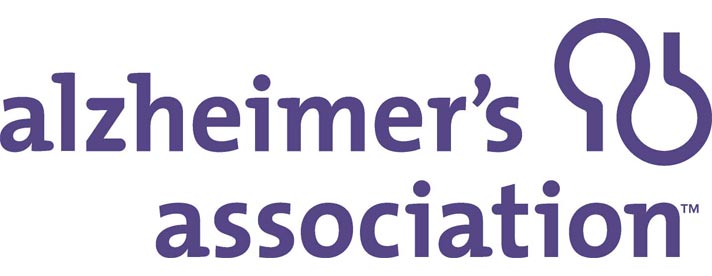Why is SB569 needed?
Oklahoma ranks 49th in physician-to-patient ratio, with one physician for every 1,250 Oklahomans.
64 of Oklahoma’s counties are designated primary care health professional shortage areas.
In 2022, Oklahoma ranked among the states with the lowest per capita ratios of general surgeons.
In 2023, Oklahoma's average ratio of people to primary care physicians was 1,650:1.
Oklahoma has a shortage of primary care providers, especially in rural and underserved urban areas.
In 2024, Oklahoma was ranked 47th in the U.S. for health by an annual study from the UnitedHealth group.
Nurse practitioners have the education and training to help meet the need for more primary care providers in Oklahoma.
How will SB569 increase access?
Nurse practitioners are forced to pay thousands of dollars every month to physicians to have a collaborative agreement on file. Even though NPs diagnose and treat patients independently - and the physicians do not see the patients nor review their charts. That unnecessary overhead expense is a barrier to opening new clinics or hiring additional staff. Studies have even shown that NPs are more likely to work in rural areas.
In Oklahoma, a physician is allowed to sign agreements with up to six NPs. The supervising physician must be fully qualified and trained in the same field as the NP's specialty. This places a hard cap on the number of NPs who can work in Oklahoma.
These laws and regulations restrict the care that NPs can provide, especially in rural areas. Allowing NPs to practice at the full extent of their education and training would improve access to healthcare.
Does SB569 put patients at risk?
No, full practice authority does not put patients at risk. Nurse practitioners are already treating patients in communities across the state. Full practice authority simply removes a financial burden from the occupation. Nurse practitioners are still overseen and regulated by the Oklahoma Board of Nursing.
27 states and the District of Columbia have already done away with the requirement for collaborative agreements, yet Oklahoma remains one of the most restrictive states in the U.S. In these other states, there is no health care crisis because NPs have full-practice authority. In fact, the vast majority of the top 25 states in national health rankings are state’s that employ full practice authority for NPs.
What medical services can an NP provide?
Nurse practitioners (NPs) can provide a wide range of medical services, including diagnosing and treating diseases, performing physical exams, and prescribing medication. They can also perform minor procedures and coordinate referrals to specialists.
Taking patient history
Performing physical exams
Ordering lab tests and procedures
Diagnosing, treating, and managing diseases
Prescribing medication
Writing prescriptions
Coordinating referrals
Educating patients on disease prevention and healthy lifestyles
Performing minor procedures, such as suturing lacerations and lancing boils
What are the advantages to seeing a nurse practitioner?
Easier access to appointments, often shorter wait times, ability to manage chronic conditions, comprehensive preventative care, high quality care comparable to a doctor, strong patient education focus, and potentially lower healthcare costs due to increased availability of appointments. Research shows high patient satisfaction ratings when treated by nurse practitioners.
Extensive training:
Nurse practitioners have advanced education beyond basic nursing, allowing them to diagnose and treat a wide range of health issues.
Patient-centered approach:
They often prioritize patient education and communication, helping patients understand their health conditions and treatment options.
Access to care:
Due to their availability, patients can often get appointments sooner than with a doctor.
Chronic disease management:
Nurse practitioners are skilled at managing ongoing health concerns like diabetes, hypertension, and heart disease.
Cost-effective care:
In some cases, seeing a nurse practitioner can be more cost-effective than seeing a physician.
















